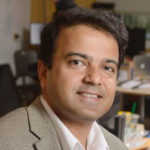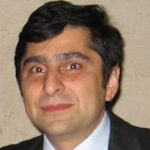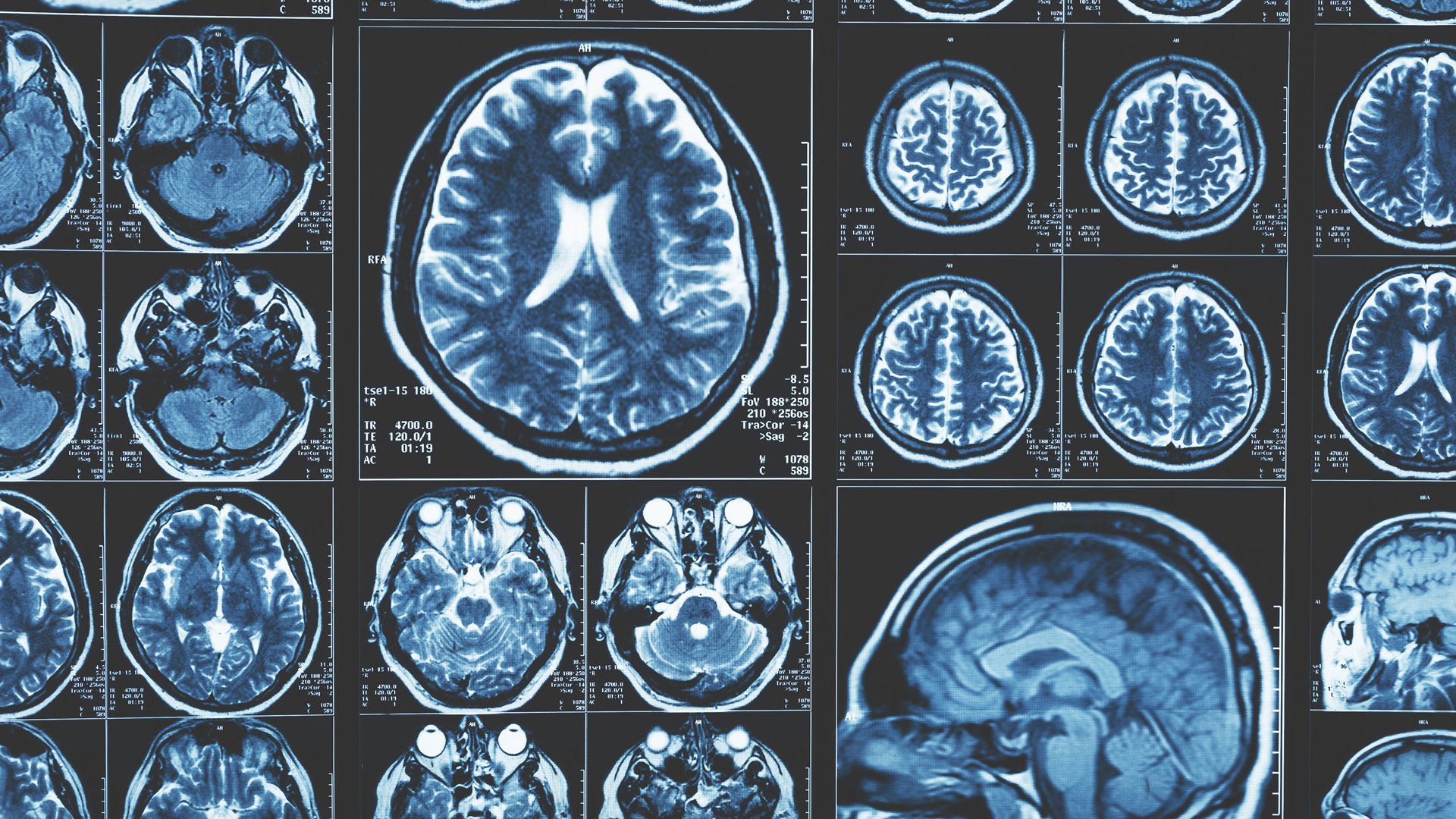Imaging & Medical Devices involves the measurement of spatial and temporal distributions and signals over scales ranging from molecules and cells to organs and whole populations. Combining mathematics, physics, and biological systems with engineering of new devices and computational algorithms, our academic and research programs in Imaging & Medical Devices center on new technologies and data-intensive analysis, including:
- Imaging Technology: Optical, X-ray, CT, MRI, ultrasound, and molecular imaging
- Image Analysis: Image registration and reconstruction; extraction of knowledge from image data
- Novel Medical Devices: Broad range of diagnostic and therapeutic devices driven by clinical need
Education in Imaging & Medical Devices
Our curriculum spans mathematical fundamentals, physics of imaging technologies, device design and development based on clinical needs, and computational techniques for image processing and analysis. In addition to learning about real clinical systems and data, students learn data analysis, modeling, and computer simulation methods. Hands-on experiences in the classroom, research lab, and clinical settings tie education to practical real-world scenarios.
Research in Imaging & Medical Devices
Our students and faculty are pioneering new imaging technologies to improve disease diagnosis and guide clinical procedures. Key research areas include:
-
Advanced Biophotonics
We are using novel optical imaging technologies, including fluorescence and tomographic microscopy and endoscopy, for early disease detection.
-
Image Analysis and Registration
We are applying mathematical models to deformably align multimodal images and analyze information to understand disease and therapy responses for Alzheimer’s and other neurological disorders.
-
Imaging Algorithms
We are developing a range of imaging algorithms using high-fidelity physical models, robust statistical methods, and machine learning with applications in computational imaging and advanced image reconstruction in MRI, CT, and nuclear imaging.
-
Novel Imaging Systems
We are building new imaging technologies for optical endoscopy, molecular imaging, ultrasound, CT, and MRI.
-
Image-Guided Interventions
We are creating new imaging platforms and techniques, such as cone-beam CT, image registration, navigation, and robotics, to bring imaging to high-precision interventions.
Core Faculty
















